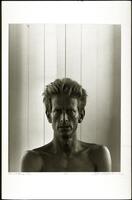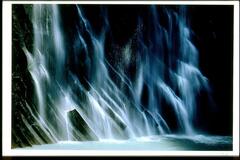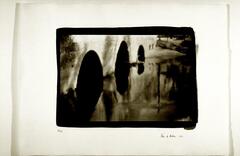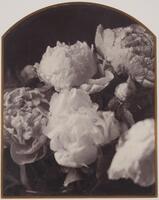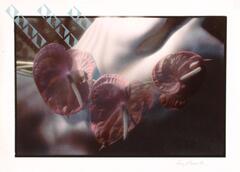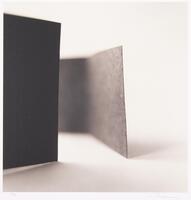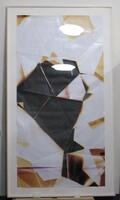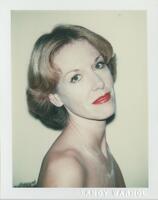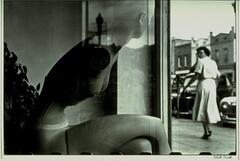Support for class at the Residential College in Humanities. How to think about: Cyanotypes; process and creativity.
The class is designed to be about the influence of process and practice as a catalyst for creativity and experimental thinking. Readings from various resources, synchronous class discussions, and weekly assignments ( transform) combine to become individually realized artworks. The class itself become a creative process as we allow the students to transform the direction of the instruction and inquiry pathways. We respond to each other until the directions emerge as they will. Outcomes ar not fixed but fluid. Its atlas about creative process tag becomes a creative process and exchange between students the instructor as a moderator facilitator.
14 Items in this Learning Collection
Copyright
Daryl Lillie
2008/2.57
Title
Daryl Lillie
Artist(s)
Andy Warhol
Artist Nationality
American (North American)
Object Creation Date
November 1978
Medium & Support
Polaroid
Dimensions
4 1/4 in x 3 3/8 in (10.8 cm x 8.57 cm)
Credit Line
Gift of The Andy Warhol Foundation for the Visual Arts, Inc.
Subject matter
A bust-length portrait of Daryl Lillie. Lillie was a patron of the arts, and likely commissioned her silkscreen portrait, as was common among art collectors and art patrons during this time period. Little else is known about her or her connection to Warhol.
The Warhol Foundation, celebrating Andy Warhol’s lifelong engagement and experimentation with photography, donated this collection of Polaroid photographs. The majority of Warhol’s Polaroid images were taken using Polaroid Big Shot or SX-70 Polaroid cameras from 1970-1987, although his work in this medium began as early as 1958. Throughout his career, he photographed artists, celebrities, sports heroes, and friends using his Polaroid cameras. Over half his sitters were not well-known or remain unidentified. Warhol often photographed his subjects multiple times from a variety of angles. The resulting portraits often repeat poses and frequently portray subjects wearing similar thickly applied white makeup, eyeliner, and red lipstick, which were visual techniques used to flatten the subjects' features, as Warhol often used the Polaroid photographs as the basis for portraits made in the mediums of silkscreen and paint.
Physical Description
A portrait of a woman; her torso turned toward the right side of the frame. She turns her head slightly toward the left, looking up and out of frame. She wears white makeup and red lipstick to flatten her features for a future offset lithograph.
Primary Object Classification
Photograph
Collection Area
Photography
Rights
If you are interested in using an image for a publication, please visit http://umma.umich.edu/request-image for more information and to fill out the online Image Rights and Reproductions Request Form. Keywords
artificial lighting
cosmetics
lighting techniques
pose
single-sitter portraits
women (female humans)


